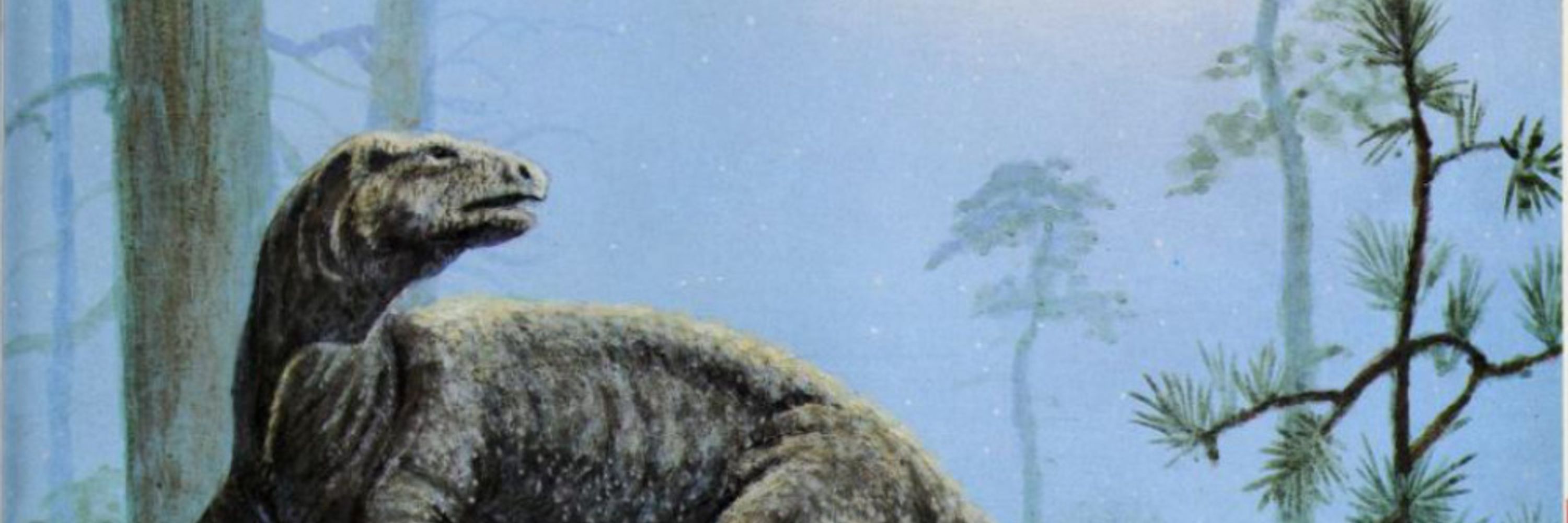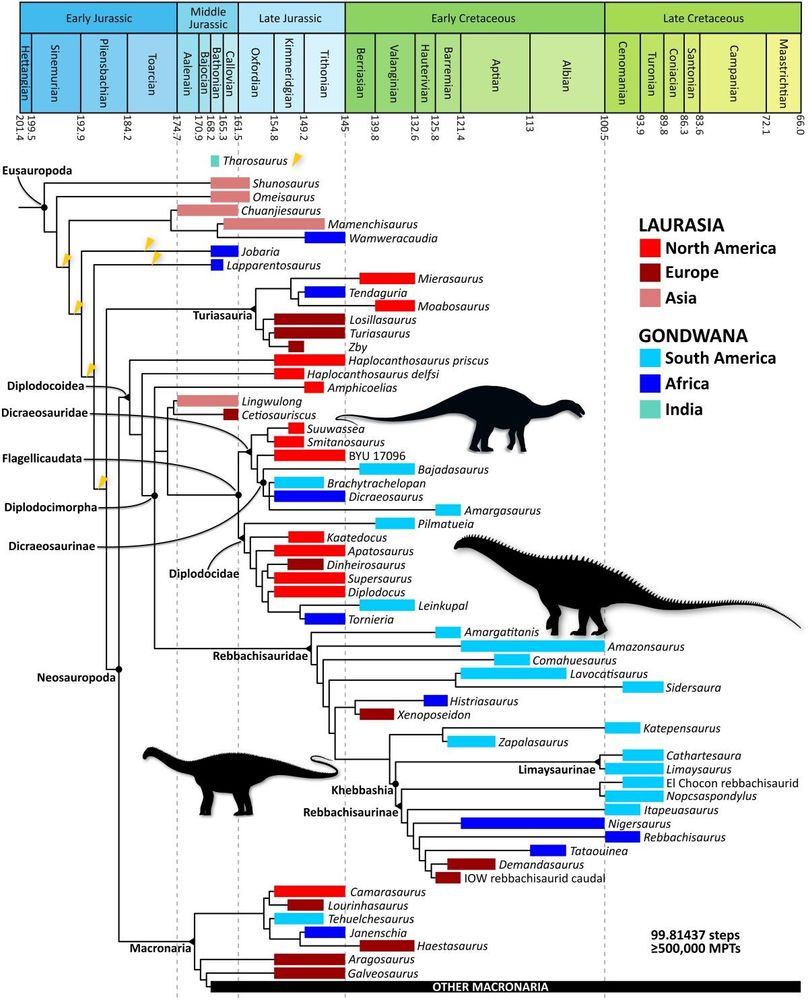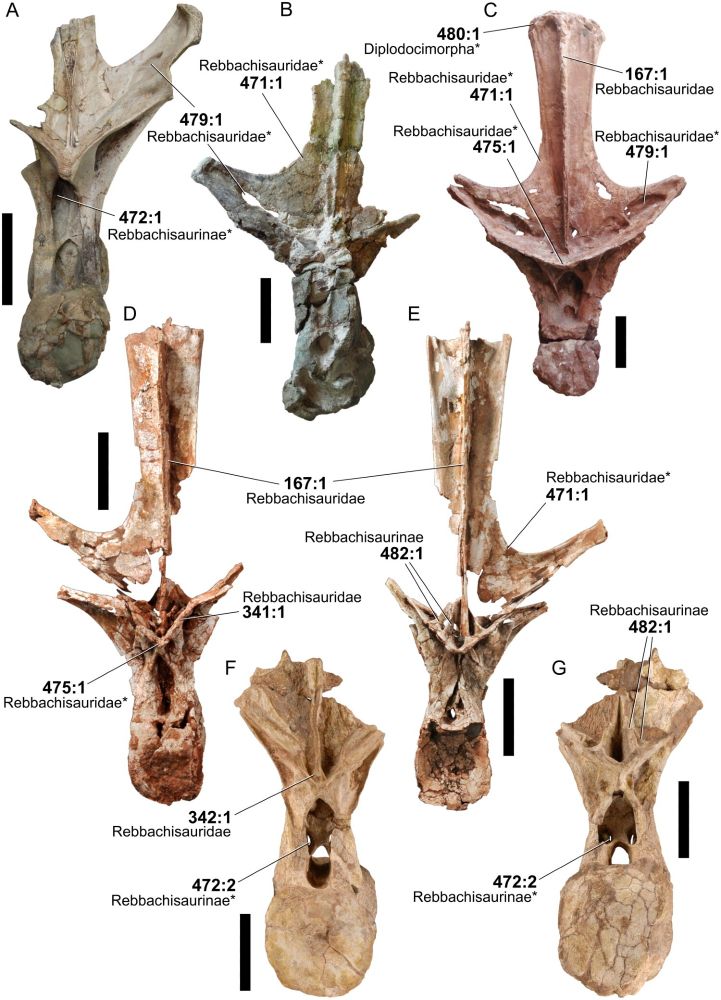Sophie M.
@sophiesaurus98.bsky.social
1.9K followers
2.3K following
2K posts
Writer for Love in the Time of Chasmosaurs - Creator of the speculative evolution project "A New Age of Reptiles" - Natural History and Palaeontology Pop Culture - 27 - (she/her) -
Posts
Media
Videos
Starter Packs
Reposted by Sophie M.
Reposted by Sophie M.
Reposted by Sophie M.
Reposted by Sophie M.
Reposted by Sophie M.
Reposted by Sophie M.
Reposted by Sophie M.
Reposted by Sophie M.
Reposted by Sophie M.
Reposted by Sophie M.
Reposted by Sophie M.
Reposted by Sophie M.
Reposted by Sophie M.





























